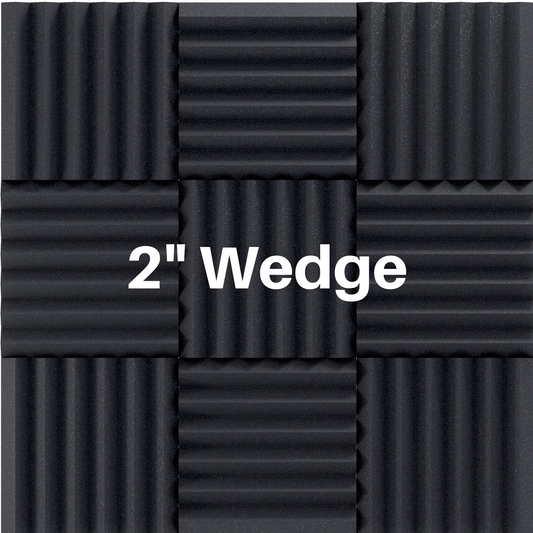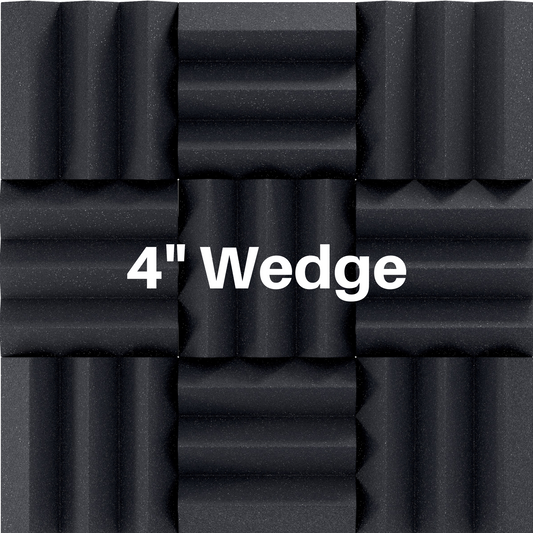How Echoes Work - What Causes An Echo To Occur?
Share
What is an echo?
An echo is defined as a delayed return of sound that is perceived by the ear as a discrete repetition in the Master Handbook Of Acoustics (F. Alton Everest).
Echoes are a result of reflections when a sound wave comes into contact with a boundary, particularly a flat and hard surface. The sound wave is reflected back into the room. Your ear will hear the original sound wave coming from the sound source (ie: your speakers, guitar, etc) as well as the reflection which is delayed.
Sound waves follow the same rule as light. For a specular reflection the angle of incidence is equal to the angle of reflection. This is for a single sound wave.

Keep in mind that there are often multiple waves coming from the sound source. Below is a diagram showing the reflection from point-source on a flat hard surface. Point source means that the sound radiates equally in all directions with spherical symmetry.

In a room sound will often strike more than one surface. When there are parallel flat walls present (which is over 95% of all rooms) flutter echo will occur. A flutter echo happens when sound bounces back and forth from one wall to the other or from the ceiling to the floor.
These are the echoes that many of us hear in our homes and places of work every day. The ear is very sensitive to flutter echoes which is why they are so annoying! When possible parallel walls should be avoided if you are planning from scratch. However, you can treat your room in order to eliminate the echoes.
How to get rid of echoes in your room?
So we know that echoes are caused by sound bouncing off of flat walls, floors and ceilings. To prevent echoes you need to add absorption to the surfaces to make them have more absorption. In acoustics absorption basically means "not reflected". If the sound waves are not reflected we will eliminate the echoes!


Here are some examples of things you can use as sound absorbers in your room:
- Thick rugs
- Thick cloth curtains
- Wedge foam panels
- Pyramid foam panels
- Bass traps (for rooms with subwoofers)
- Fabric covered panels
You can also add diffusion to help prevent noticeable echoes. Unlike acoustic foam panels that are designed to absorb sound waves at different frequencies, acoustic diffusers are designed to scatter sound waves.
Acoustic absorbers and diffusers both treat echoes, but absorption panels will have a dampening effect while diffusion panels will maintain a more lively sound.
Below are some links for helpful articles on treating various types of rooms.
How To Design A Home Recording Studio
Gaming Room Acoustic Treatment Setup
Home Theater Acoustic Treatment
Vocal Booth Acoustic Treatment
If you have any questions please contact us.





1 comment
tres interessante